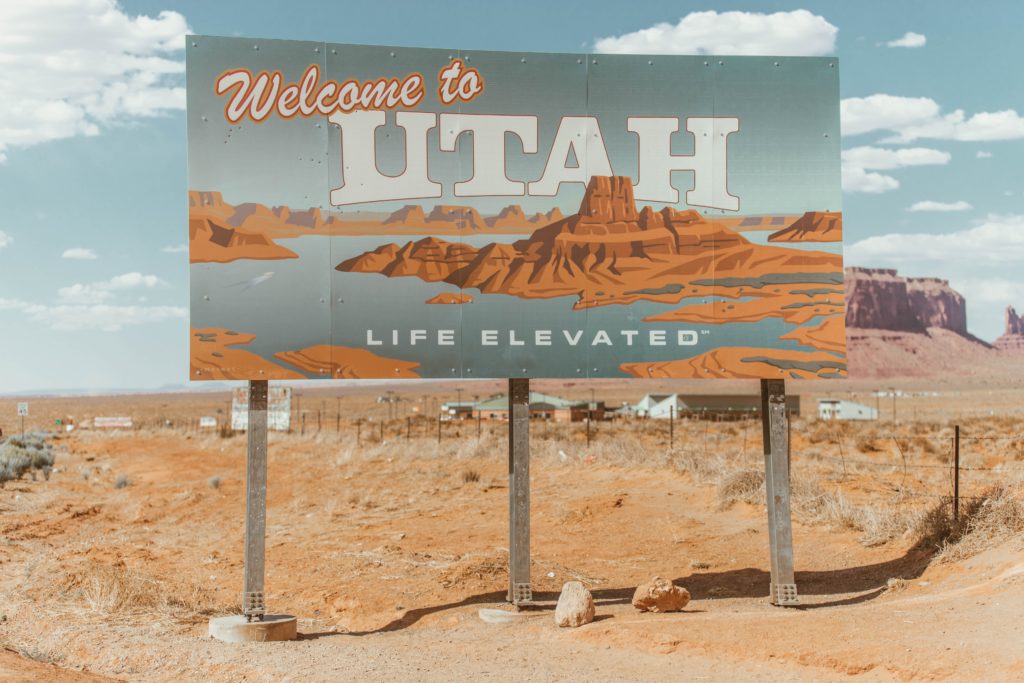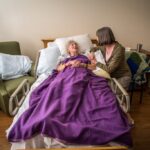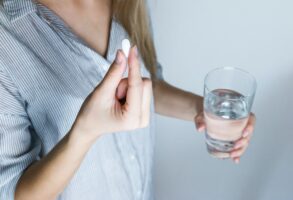
Published August 22, 2022
As the threat of COVID-19 recedes and life increasingly returns to normal, one trend is likely to stay — the rise of “COVID boom towns.” Millions of former city dwellers have taken advantage of remote work to benefit from lower taxes and cheaper housing in suburban and exurban developments in the Northwest, Sun Belt and Mountain West.
This is even more true for families. Adam Ozimek and Connor O’Brien of the Economic Innovation Group, a centrist D.C. think tank that focuses on place-based policymaking, recently found evidence of an exodus of families from big cities. Between 2019 and 2021, large urban counties — those covering an area with a population of 250,000 or more — saw their population of children younger than 5 decline by 5.4%. New York lost nearly one-tenth of its young children, and Chicago, Santa Clara and Los Angeles all saw the equivalent of one young child in 20 move away.
Many of these families are looking for a little more elbow room, but at the same time want access to some of the amenities of urban living. In July 2020, three-quarters of Americans told pollsters that being within walking distance of destinations like shops and parks were important to them, yet too many new developments still assume a car-dependent lifestyle.
In fact, many millennial parents have had at least some experience living in an environment in which they lived a 10- to 15-minute walk from the place they worked, and enjoyed a close-knit community life, places to eat and social activities — a college campus.
This style of life mimics a more traditional urbanism that would be familiar to residents of European cities, or even the first-ring suburbs in some of America’s older neighborhoods. So it should be no surprise that some of the developments seeking to market themselves to families are adopting urbanist principles for suburban living.
One such example is the Daybreak development being constructed on reclaimed mining land south of Salt Lake City. In contrast to restrictive zoning and land use restrictions that hinder development in many suburbs, Daybreak’s agreement with the city of South Jordan allows the developers to build housing at any density the market can support, with the potential of reaching 20,000 housing units over 4,200 acres.
By offering different levels of density and housing options, rather than cookie-cutter subdivisions, Daybreak can offer homes at a variety of price points. It is car-accessible without being automobile-dependent, connected to downtown via the region’s light-rail system, TRAX.
Daybreak was built with families in mind. Every home in the development is located within a quarter-mile of a park or trail. In designing Daybreak, the developers asked people to describe their ideal neighborhood, and the results speak for themselves: About 60% of Daybreak residents are families with children, according to the Congress for New Urbanism.
The success of the Daybreak concept — using denser, traditional styles of development with amenities that attract families and keep housing costs affordable — should be one that spurs similar approaches throughout the country. The Urban Land Institute lists Salt Lake City and Denver, along with Nashville, Phoenix and Miami, as among the 15 metro areas with the hottest overall real estate prospects. As these areas continue to grow, a denser style of life will allow more families to call those cities home, at more affordable prices, and could contribute to their quality of life as well. But without intentional cultivation, the most likely outcome is more exurban sprawl.
Developers should take inspiration from Paris Mayor Anne Hidalgo’s commitment to the “15-minute city,” which envisions an urban plan in which all the needs of daily life — work, housing, food, school and culture — are located within a 15-minute bike ride. For families in America, we might take care to include child care and places of worship as well. Daybreak, and similar developments like Issaquah Highlands outside of Seattle and the Stapleton Airport redevelopment in Denver, are much-needed applications of that concept.
In the post-COVID-19 exodus from large urban areas, there are plenty of families who want a little more space but also want to be able to walk to school or work and stop by a friend’s house. Yet this style of living remains more expensive, in part because the supply of such places is artificially limited. And for those who think America could do with a flourishing of neighborliness, studies suggest that denser subdivisions seem to boost mingling with neighbors and spur civic engagement, though largely by attracting people who are already inclined to participate in such activities rather than changing residents’ behavior.
In the era of Covid boom towns and remote work, families may be increasingly attuned to the community and amenities in their local neighborhood. Booming metro areas will appeal to families when homebuilders are allowed to create developments where community life can organically occur. Giving developers the same flexibility to generate Daybreak-levels of creativity could help growing areas accommodate the influx of newcomers while making life better and more affordable for the parents and children who already live there.
Patrick T. Brown is a fellow at the Ethics and Public Policy Center, where his work with the Life and Family Initiative focuses on developing a robust pro-family economic agenda and supporting families as the cornerstone of a healthy and flourishing society.
Photo by Taylor Brandon on Unsplash
Patrick T. Brown is a fellow at the Ethics and Public Policy Center, where his work with the Life and Family Initiative focuses on developing a robust pro-family economic agenda and supporting families as the cornerstone of a healthy and flourishing society.












